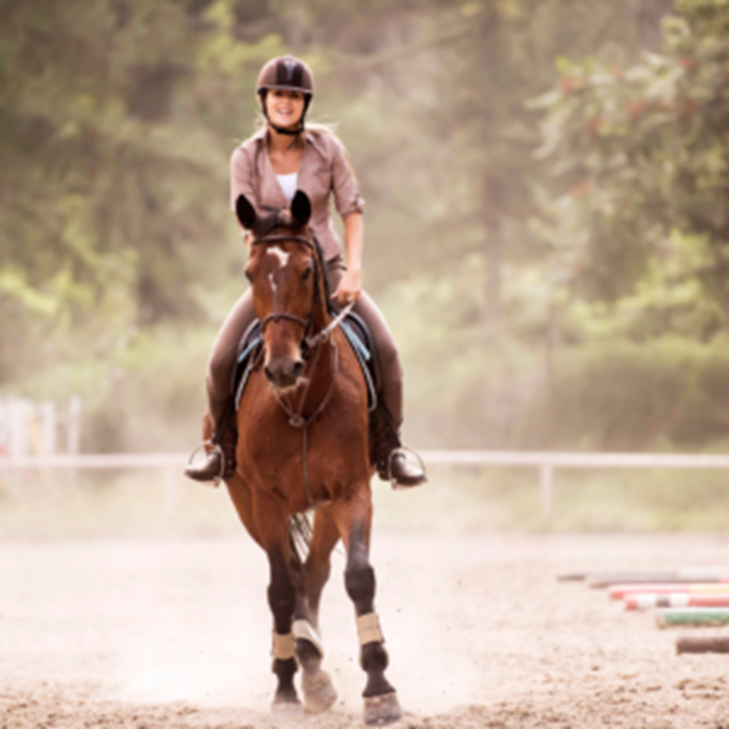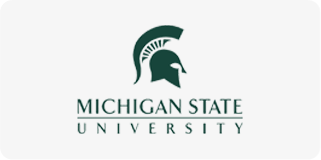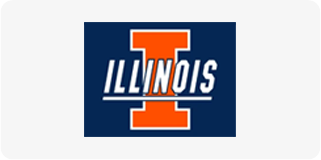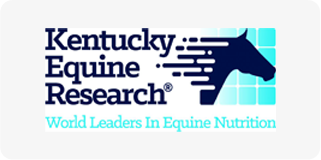Equine Insights: The Big Picture
Posted by Dr. Hilary Clayton on Aug 15th 2024
Winston Churchill said, “There is something about the outside of a horse that is good for the inside of a man.”
While appreciating the outer beauty of horses, I’ve always been fascinated by what’s on the inside, and, having studied athletic horses for almost 50 years as a veterinarian, researcher, and rider, I’ve learned that the inside of a horse is a marvel of structural and functional design that has produced an extraordinary athlete. In this blog, I’ll share some insights about the athletic prowess of the horse.
Reduced to the simplest terms, a horse’s body consists of the trunk supported by a leg at each corner with the neck and head attached in front. Each body part contributes to producing an efficient locomotor system.
The Thorax, Abdomen, and Organs! AKA The Equine Trunk.
The largest component is the trunk, comprising the thorax and abdomen and all the organs within, including the heart, lungs, liver, kidneys, bladder, stomach, and intestines. The trunk accounts for a whopping two-thirds of the horse’s body weight. The spine runs along the topline connecting the hind quarters with the forehand and supporting the weight of the trunk and its contents.

Legs! How The Horses Legs Operate, Generate, and Control Locomotion.
The legs generate and control locomotion. Unlike wheels that roll continuously over the ground, the horse’s legs swing back and forth, with the hooves contacting the ground intermittently as they alternate between accelerating forward in the swing (non-contact) phase and providing support and propulsion during the stance (contact) phase. During stance, the leg is pulled back as the body moves forward over the grounded hoof and the hoof presses against the ground to generate the forces that propel the horse.
The front and hind legs have different conformations that facilitate different functions during exercise. Locomotion is driven by the hind legs and controlled by the forelegs, rather like a vehicle with rear-wheel drive.
The hind legs provide propulsion when the joints, especially the hip and hock, are extended powerfully by muscular contractions. The hind hooves push against the ground to generate forces at the hoof-ground interface. These forces travel through the bones and joints to the pelvis, then they are transmitted via the sacroiliac joints to the spine, which connects the hind legs to the rest of the body.
Propulsion coming from behind is controlled by the front legs. The carpal (or knee) joint locks into place during weight-bearing to hold the forearm and cannon segments in alignment. This allows the front legs to act as struts. If the foreleg struts in front of the body, it acts as a brake to slow the forward motion. If it struts to one side of the body, it turns the horse to the opposite side. During jumping, the forelegs act like a pole vaulter’s pole to raise the forehand before take off.
The balancing act of the neck! Plus, the variety of movements the equine neck controls.
The neck connects the head to the body, allowing the head to move independently during locomotion. This is necessary for stabilizing the eyes and the organs of balance in the inner ear when the rest of the body is moving. The neck is particularly mobile at its base, which lowers the head for grazing, raises the head for surveillance of the environment, and moves the neck as a balancing pole. Movements at the poll turn the head independently of the neck in all directions.
Let’s Connect it all with the Equine Head, Brain, and Spine!
The head houses and protects the brain. Information is relayed to and from the brain via the spinal cord that runs from the poll region to the tail, protected by a bony canal inside the vertebrae. Spinal nerves emerge between each pair of vertebrae to carry information to and from all parts of the body.
That’s the BIG PICTURE
This has been a brief overview of how the different body parts work together during exercise. Next time I’ll start to dig deeper into locomotor function and how it affects performance and soundness.





